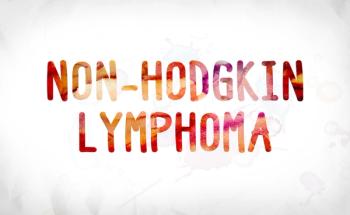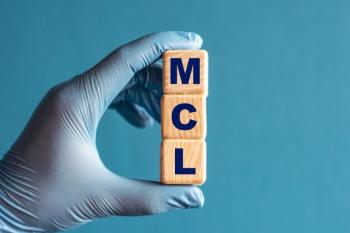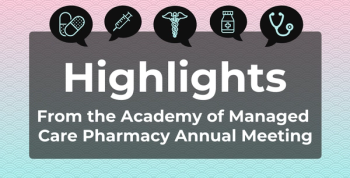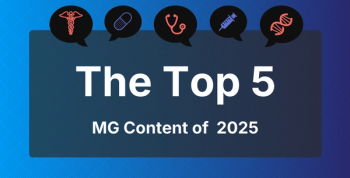
Highlands Oncology Group’s Jeff Hunnicutt Discusses Risk Under the EOM
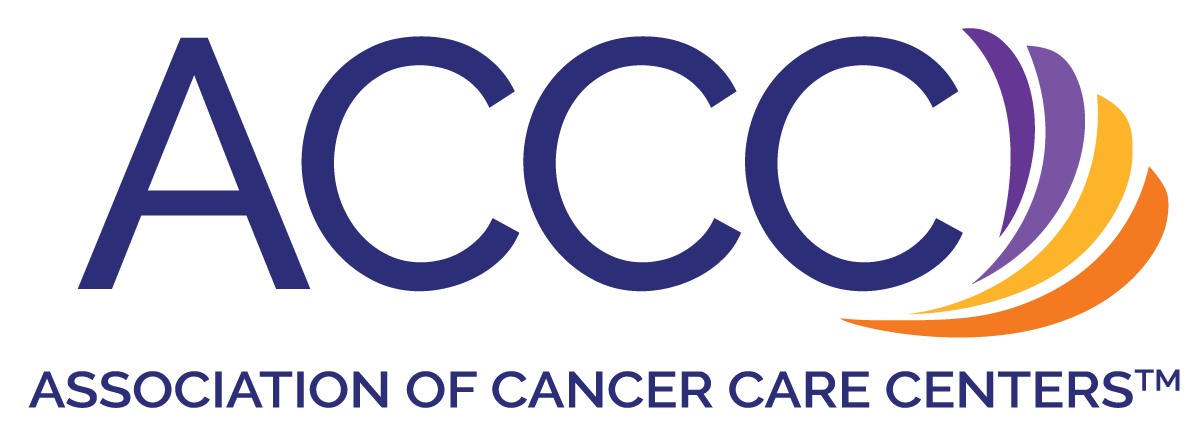
Jeff Hunnicutt, CEO of Highlands Oncology Group, explains the 2 risk options provided under the Enhancing Oncology Model (EOM) and why the mandatory downside risk might give pause to practices that saw some success in the Oncology Care Model.
Jeff Hunnicutt, CEO of Highlands Oncology Group, explains the 2 risk options provided under the Enhancing Oncology Model (EOM), set to kick off on July 1, 2023, and why the mandatory downside risk in the model might give pause to practices that saw some success in the Oncology Care Model (OCM).
Hunnicutt led the session, “Succeeding Under Value-Based Care,” today at the Association of Community Cancer Centers’ 49th Annual Meeting and Cancer Center Business Summit.
Transcript
Can you explain the 2 risk options in the EOM and how performance-based recoupment ties into them?
In the EOM, you have 2 different risk arrangements. You have RA1 [risk arrangement option 1] and you have RA2 [risk arrangement option 2]. They differ as far as the amount of potential benefit that a practice can achieve, but also offset by more or less risk. In RA1, you're going to have less potential benefit, but less risk, and in RA2, a little bit more of each. Practices need to really take their time to analyze that particular piece of the EOM, because that's where you're gonna see if you're going to have a chance to succeed or fail. It's good that the model has 2 different options for risk—but it's still risk. So you’ve got to really pay attention to it and make sure that you're not going to bite off more than you can chew as a practice.
If you could change anything about the EOM, what would that be?
The 2 most notable deficiencies in the EOM reside mostly in a significant reduction in the care coordination fee that comes per patient—so MEOS [Monthly Enhanced Oncology Services payment] is what it was called in the OCM. All analysis shows that through a reduction in the qualifying disease types, but also removal of certain triggering therapies like hormonals and such, it's roughly a third of what you could have achieved for a monthly fee to help you offset the expenses, from EOM to OCM.
The second thing that’s really notable, that is a challenge for the EOM, is the mandatory nature of risk. Many, many practices were marginally successful in the OCM, and now you're asking those practices to sign up for mandatory downside risk. That’s something that’s giving a lot of practices pause to say, “Well, can I really succeed in this?”
Newsletter
Stay ahead of policy, cost, and value—subscribe to AJMC for expert insights at the intersection of clinical care and health economics.


